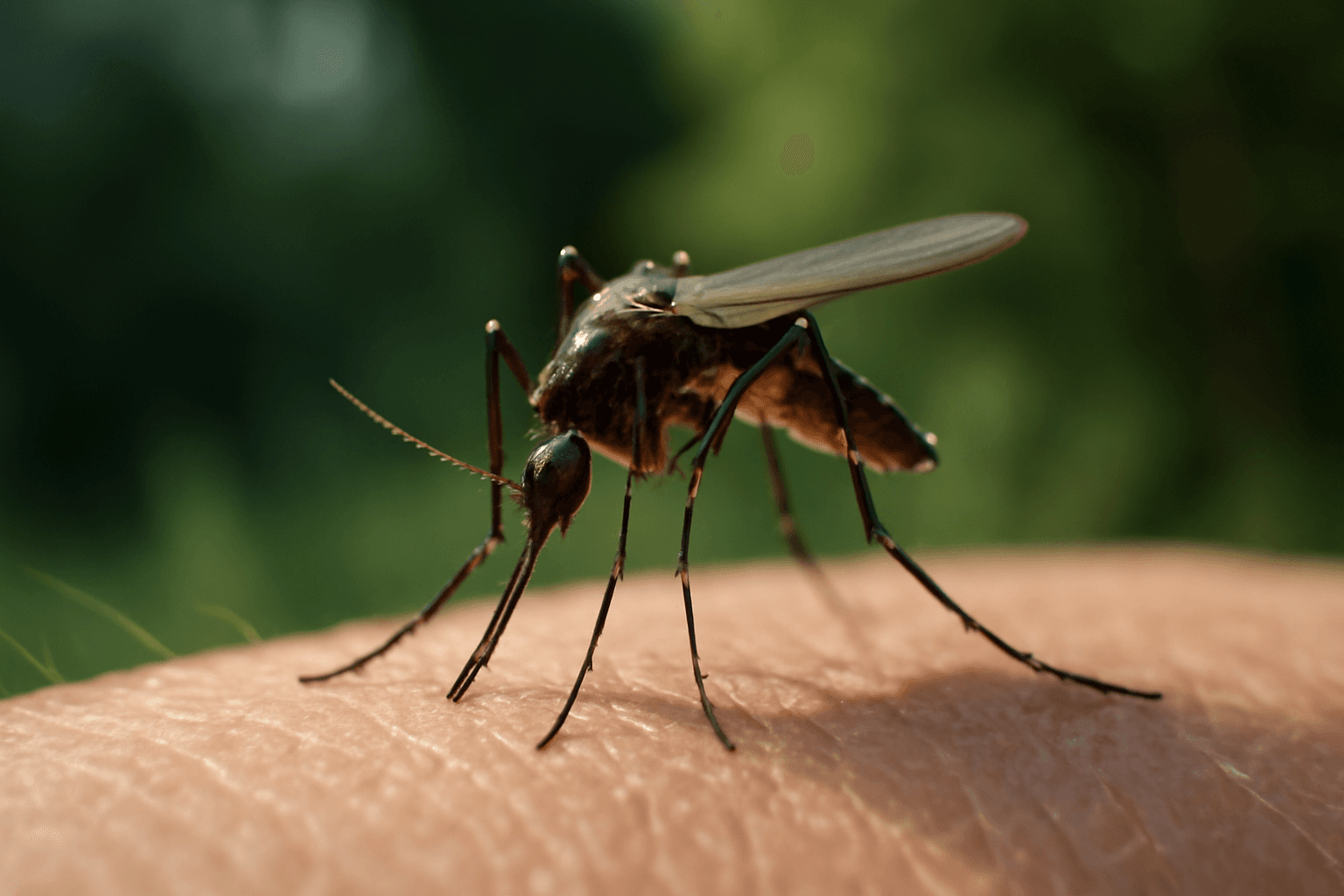Tobacco consumption is widely recognized as a major contributor to preventable illnesses and mortality across India, affecting both physical and mental health. Beyond its established links to cancer and heart disease, tobacco use also exacerbates issues such as stress, infertility, skin deterioration, and silent cardiovascular conditions.
Contrary to popular belief, smoking does not alleviate stress, but rather contributes to a vicious cycle of dependence and worsening anxiety. Nicotine, the primary addictive substance in tobacco, stimulates dopamine release in the brain, creating a brief sensation of relaxation. However, the brain quickly grows reliant on nicotine to sustain this effect. As nicotine levels fall, withdrawal symptoms including increased stress and anxiety arise, prompting further tobacco use and reinforcing addiction.
Impact of Tobacco on the Brain and Stress
The initial calming effect of nicotine is misleading as it masks the development of dependence. Individuals often perceive smoking as a stress reliever, but in reality, it intensifies stress over time due to the cyclical nature of nicotine withdrawal and craving.
Effective Strategies for Quitting Tobacco
Evidence-based cessation methods include Nicotine Replacement Therapy (NRT) such as gums, patches, and lozenges, which alleviate withdrawal symptoms. Additionally, prescription medications like bupropion and varenicline can reduce cravings. Behavioral therapies, particularly Cognitive Behavioral Therapy (CBT), coupled with lifestyle modifications, significantly enhance the likelihood of successful quitting.
Risks of Adolescent Tobacco Use
Exposure to nicotine during adolescence is especially dangerous since the adolescent brain is still developing and highly susceptible to addiction. Dependence can establish rapidly—sometimes within weeks—heightening the risk of long-term addiction and vulnerability to other substance abuses.
Short-Term Health Benefits of Quitting
Ceasing tobacco use initiates rapid health improvements. Within minutes, heart rate and blood pressure decrease; within days, taste and smell senses recover; lung function improves within weeks, reducing respiratory symptoms like coughing and breathlessness. These early benefits are vital motivators for continued abstinence.
Effects on Skin and Sexual Health
Smoking accelerates skin aging and delays wound healing due to diminished blood circulation. It also impairs sexual health—causing erectile dysfunction in men and reduced fertility and premature menopause in women. Pregnant smokers face higher risks of premature birth and complications.
Role of Diet in Quitting
A nutritious diet rich in antioxidants, vitamins, and minerals supports tobacco cessation by diminishing cravings. Foods high in vitamin C such as oranges and guavas, as well as dairy products, may reduce cigarette appeal. Avoiding caffeine and alcohol is recommended, as they can amplify nicotine cravings.
Common Relapse Triggers and Prevention
Relapse often stems from stress, peer influence, emotional distress, and alcohol use. Avoiding environments associated with smoking, managing stress through healthy routines, and substituting smoking with alternative activities like gum chewing or exercise can reduce relapse risk. Support networks including family and cessation groups play a critical role.
Recognizing Silent Cardiovascular Symptoms
Symptoms such as unexplained fatigue, chest tightness, shortness of breath, and chronic cough may signal tobacco-related heart and lung damage. Regular medical screening is essential for early detection and intervention.
Comparing Nicotine Replacement to Natural Cessation
Nicotine Replacement Therapies are clinically proven to ease withdrawal and improve quit rates. While lifestyle and dietary changes complement quitting efforts, they are generally less effective when used alone. Combining medical and behavioral approaches yields the best outcomes.
E-Cigarettes: Risks and Considerations
Although e-cigarettes contain fewer toxins than traditional cigarettes, they still expose users to nicotine and harmful aerosols, which can cause severe lung injuries. The long-term health consequences remain uncertain, warranting caution in their use as a smoking alternative.











